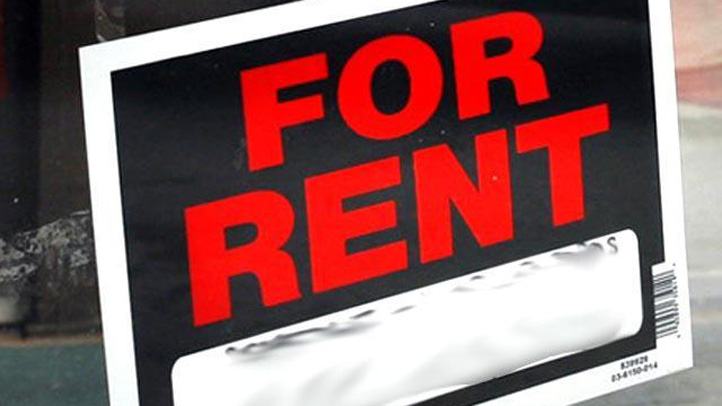In a stunning admission, the California Environmental Protection Agency wrote on Monday that state officials have allowed thousands of oil and fracking wells to dump waste water into protected underground aquifers.
In an enclosure to a letter dated Feb. 6 to the US EPA, California's Division of Oil, Gas and Geothermal Resources (DOGGR) admitted that more than 2,500 wells were injecting waste into aquifers protected by the EPA. The state EPA released a memo on March 2 confirming the findings.
The memo was sent to Gov. Jerry Brown and John Laird, California's Secretary of Natural Resources. The letter indicated that 2,100 of the 2,500 offending waste water wells are currently active. The state Water Board has identified 200 of those wells that are of the "highest concern."
Oil extraction and hydraulic fracturing generates large amounts of waste water which can contain toxic chemicals such as silica and arsenic. That water is supposed to be dumped into underground aquifers that are already unusable for human consumption--so called "exempt" aquifers. "Non-exempt" aquifers are sources of clean water that could potentially be used for drinking or irrigation.
“It’s inexcusable,” said Hollin Kretzmann when NBC Bay Area first reported on this story in November. Kretzmann works for the Center for Biological Diversity in San Francisco. “At (a) time when California is experiencing one of the worst droughts in history, we’re allowing oil companies to contaminate what could otherwise be very useful ground water resources for irrigation and for drinking. It’s possible these aquifers are now contaminated irreparably.”
At that time only nine wells were known to be dumping into clean aquifers. By February, that number would climb to 2,500.
Local
Most, if not all, of these wells were regulated and approved by state authorities, the Division of Oil, Gas and Geothermal Resources(DOGGR). In the letter sent on Monday, the state EPA wrote that in half of the 2,500 cases, DOGGR did not review local district permitting decisions when approving the wells. Nor did the agency standardize guidance for which wells should or should not have been permitted.
Since last summer, 11 waste water wells have been shut down. And now, DOGGR has ordered 12 more wells to be shut down. The agency says it is conducting a second review of all permits to correct any further errors.



